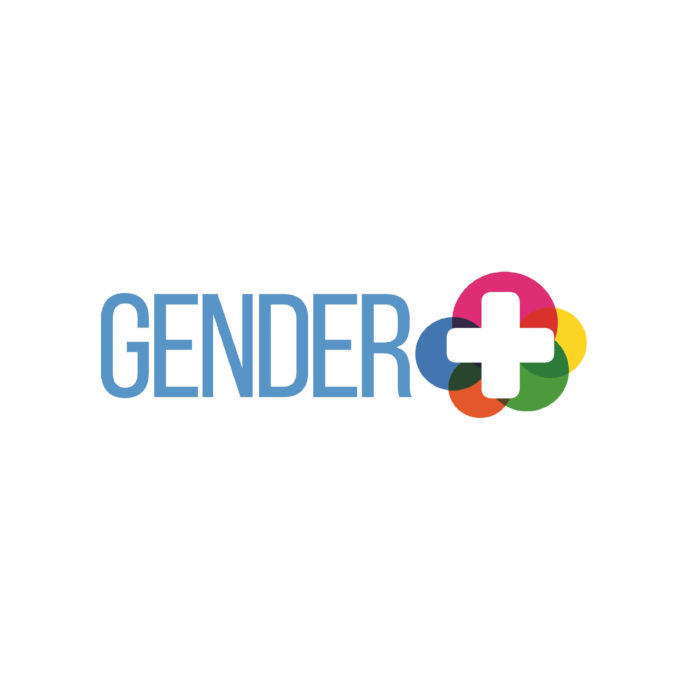Gender+ project has developed out of a desire for supporting VET staff to develop the specialist knowledge and robust systems needed to address the different challenges and needs found across the range of gender identities now engaging with VET provisions. For example, whilst there are instances of excellent gender training on the regional level in some European countries, these largely take a bottom-up approach which focus on the needs of one gender group. However, this is not always the most helpful approach for VET staff as their engagement stretches across all the different gender groups, and so professionals are left struggling to figure out how to welcome these different groups into their services. In response to this, Gender+ takes a top down view of VET services, informed by a pluralistic view of gender identities (from women to trans learners and male students). This will take the form of benchmarking and governance tools which will guide VET institutions to better understand how they can change institutional culture and provisions to develop services which take account of a range of gender identities. Therefore, the project will be able to influence an improved gender inclusion approach more widely across VET by helping these people to facilitate the changes in structure, policy etc. required.
Output of the project
- A Gender+ Charter, which will set out the minimum requirements that VET institutions need to meet in order to consider themselves gender positive. This will include provisions in HR policy and staff training, course design, facilities offered, and student support services.
- An interactive benchmarking tool for use by VET professionals seeking to understand how gender inclusive their organization is. This will include what a provision meeting these criteria looks like, the evidence, which can be used to judge compliance and the steps which can be taken to improve provision in order to meet the minimum requirements. In order to help organizations understand their progression towards gender inclusion, the tool will present an organization’s overall compliance as their ‘gender footprint’, with this footprint decreasing the more an organization meets the minimum requirements
- A “Gender champion” skills profile to help organizations develop the role of a ‘Gender Champion’.
For further info, please contact research@ciape.it

